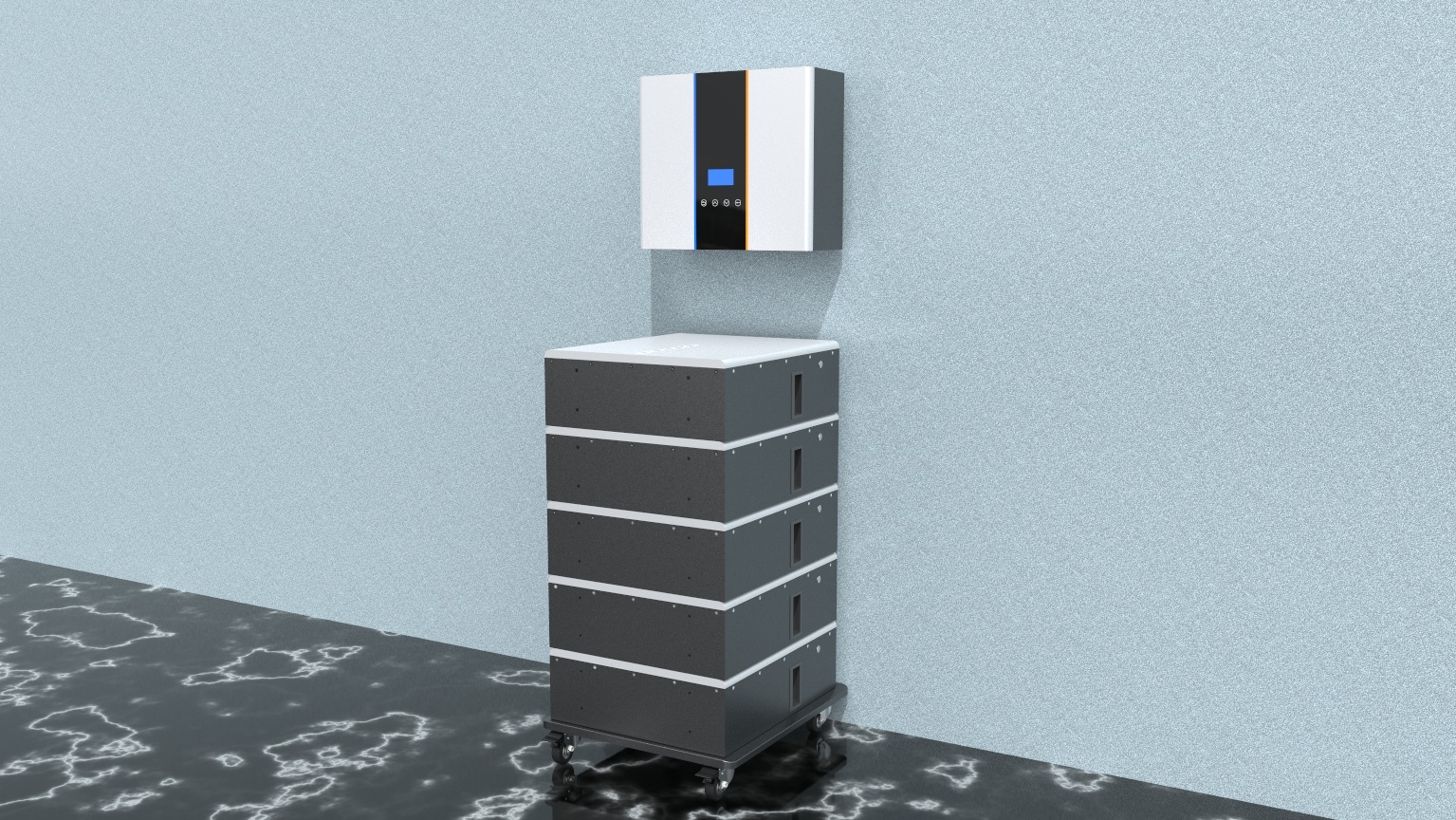Working principle and components of energy storage battery systems
2024-12-30

### Working Principle and Components of Energy Storage Battery Systems
In modern energy systems, energy storage battery systems play a crucial role. Whether it is to cope with the volatility of renewable energy generation or as a core component of electric vehicles, energy storage battery systems, with their efficient energy storage and release capabilities, have become a bridge connecting energy production and consumption. This article will delve into the working principle and main components of energy storage battery systems to provide readers with a comprehensive and clear understanding.
#### 1. Working Principle of Energy Storage Battery Systems
The working principle of energy storage battery systems is based on electrochemical reactions, the core of which is to convert electrical energy into chemical energy for storage and then convert chemical energy back into electrical energy for release when needed. This process mainly consists of two stages: charging and discharging.
**Charging process**: When an external power supply is connected to the energy storage battery system, the current flows through the electrolyte inside the battery, causing the positive electrode material to lose electrons and become cations. These cations migrate to the negative electrode through the electrolyte and combine with electrons to become neutral atoms or molecules, which are stored in the negative electrode material. This process is accompanied by the conversion of electrical energy to chemical energy, and the energy state of the battery gradually increases.
**Discharging process**: When the energy storage battery system needs to supply power, the chemical reaction inside the battery proceeds in reverse. The atoms or molecules in the negative electrode material release electrons to become anions, and the electrons flow to the positive electrode through the external circuit, forming a current to provide power to the load. At the same time, the anions migrate to the positive electrode through the electrolyte and combine with the positive electrode material, restoring it to its original state. This process achieves the conversion of chemical energy to electrical energy.
#### 2. Components of Energy Storage Battery Systems
An energy storage battery system is a complex integrated system, usually composed of several key parts, including battery modules, battery management systems (BMS), thermal management systems, electrical systems, and structural components.
**1. Battery Modules**
Battery modules are the core units of an energy storage battery system, consisting of multiple single cells connected in series or parallel. There are various types of single cells, including lithium-ion batteries, lead-acid batteries, sodium-sulfur batteries, etc. Among them, lithium-ion batteries are widely used due to their high energy density, long cycle life, and environmental friendliness. The design of battery modules should consider the consistency, heat dissipation performance, and safety of the batteries to ensure the overall performance of the system.
**2. Battery Management System (BMS)**
The BMS is the "brain" of the energy storage battery system. It is responsible for monitoring key parameters such as voltage, current, and temperature of each single cell and battery pack, performing precise battery state estimation, executing charging and discharging control strategies, preventing overcharging, over-discharging, and overheating, effectively extending battery life, and improving system safety.
**3. Thermal Management System**
The thermal management system is used to regulate the temperature of the energy storage battery system, ensuring that the battery operates within the optimal temperature range. Efficient thermal management can significantly improve battery energy efficiency and cycle life. This system usually includes temperature sensors, fans, liquid cooling devices, etc., which achieve heat absorption, transfer, and dissipation through active or passive methods.
**4. Electrical System**
The electrical system includes DC/AC converters, DC/DC converters, relays, fuses, etc., which are responsible for the energy conversion and transmission between the battery modules and the external grid or load, ensuring the stability and safety of current and voltage.
**5. Structural Components**
Structural components provide physical support and protection for the energy storage battery system, including battery boxes, frames, fasteners, etc. These components must have good mechanical strength, corrosion resistance, sealing performance, and heat dissipation performance to adapt to complex and variable operating environments.
#### 3. Conclusion
In summary, energy storage battery systems achieve energy storage and release through ingenious electrochemical principles, and their efficient and reliable operation relies on the close cooperation of each component. With technological advancements and cost reductions, energy storage battery systems will play an increasingly important role in driving energy transformation and promoting sustainable development. In the future, we look forward to seeing the emergence of more efficient, safer, and more intelligent energy storage battery systems, contributing to the building of a green and low-carbon world.
Key words:
Next:
Related News


